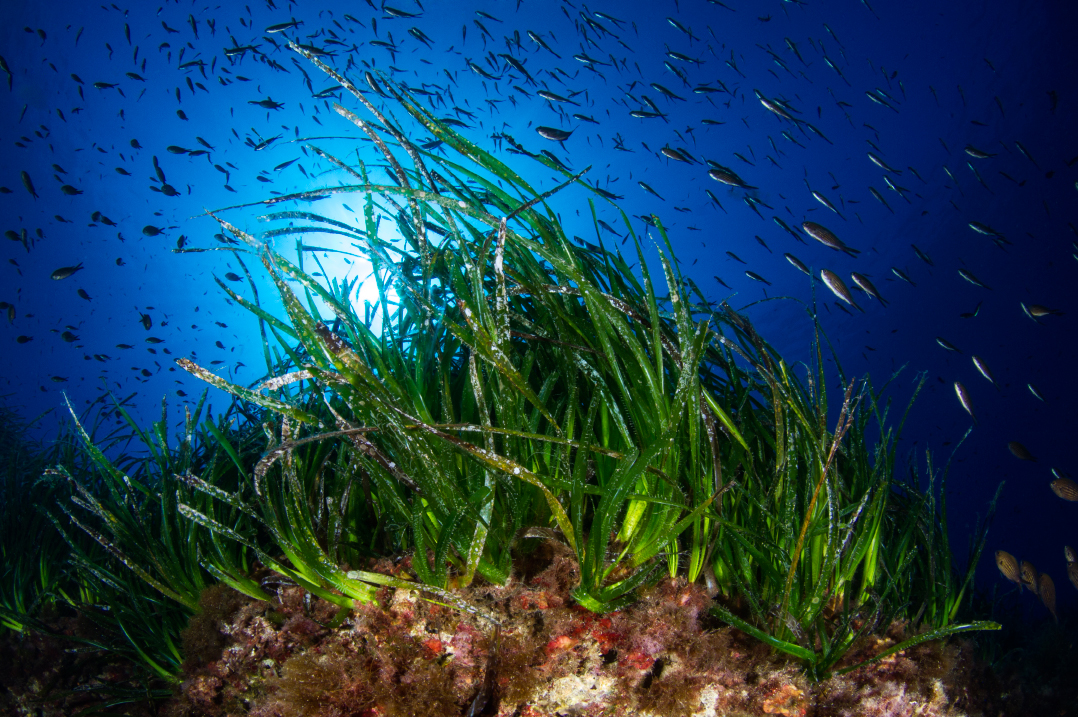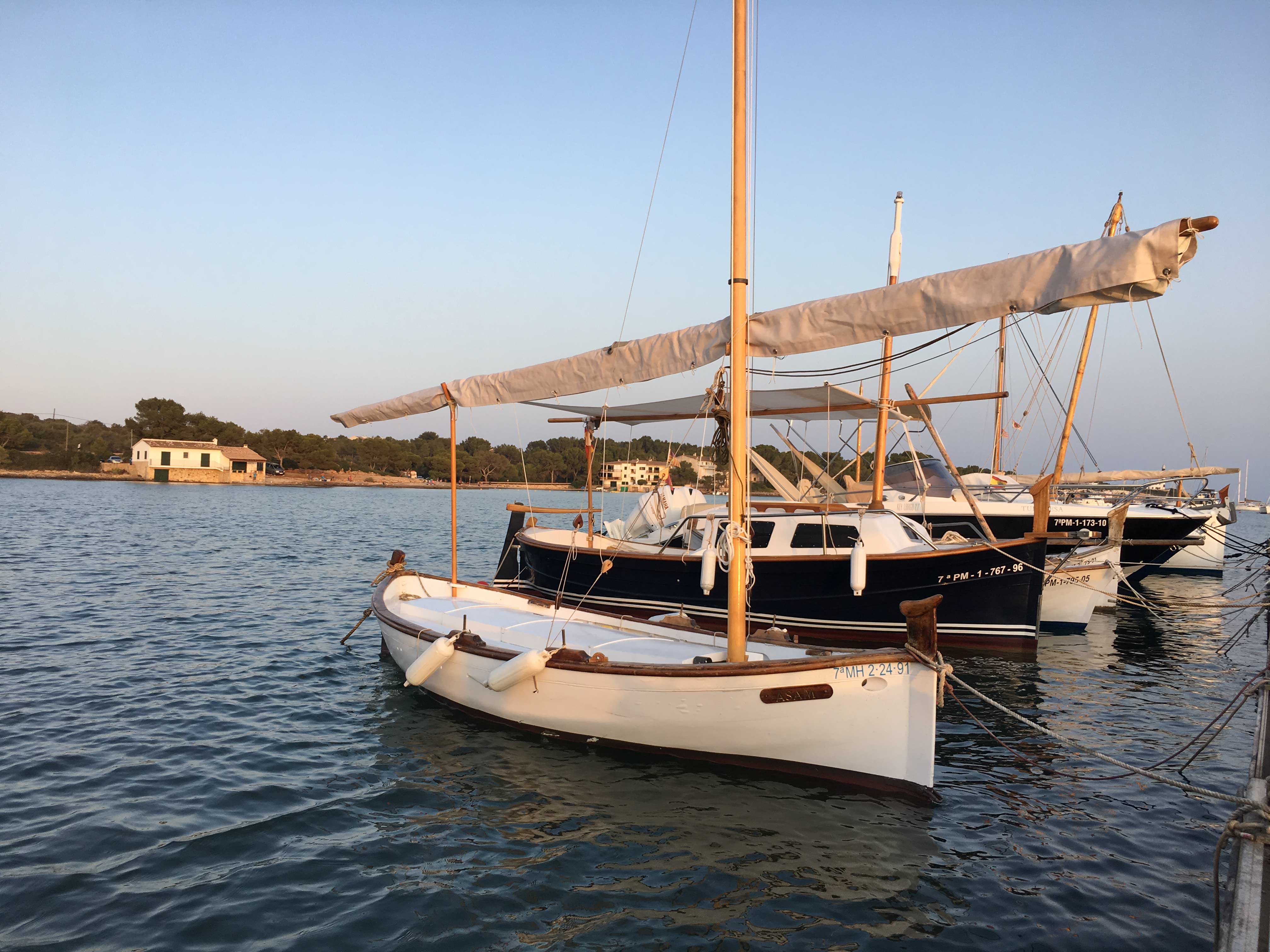The Museu Marítim de Mallorca proposal is for the museum to be a living and dynamic entity. It must embrace and reveal the different maritime events that have occurred on our island at different times and in different places. This is why our proposal is structured via a series of work axes. These allow us to approach the sea as a cross-sectional space for both reflection and action. Our intention, through these work axes, is to generate a discourse that helps us to understand the nature of our society, and how we relate to the sea. The discourse will cover the arrival of the first seafarers, almost 4,500 years ago, until the present day.
Our proposal is to work via three axes that will help us to focus on the debates surrounding heritage. They will also help us to start contemporary dialogues focused on issues that challenge us as citizens and that deconstruct how we live and how we want to inhabit our island.
Through this proposal, the museum will become a space for conscience generation in the context of the challenges felt by a society that lives with and through the sea. It will be a reference space for the different communities that work with the sea and generate a discourse that brings the sea closer to the local people.
The axes of work are:
Biodiversity: Working for the conservation and protection of biodiversity. For this reason, we will be focusing on how marine and terrestrial biodiversity impact on itself.
Underwater heritage: Displaying and interpreting world views from the north, south, east and west, which have shaped our society and continue to build it.
Maritime, floating and terrestrial heritage: Valuing maritime heritage and showing it to local people as this heritage helps us to understand our unique place in the world. As a result, the museum focuses on the evolution of nautical arts and crafts and of maritime culture, as well as on the values that this heritage brings us. In addition, visibilising the intrinsic relationship between sea and land is one of the museum’s work axes. This is done through lighthouses, watchtowers and boathouses using cartography and graphics as interpretative tools. The museum's road map includes work on a landscape built over time.







